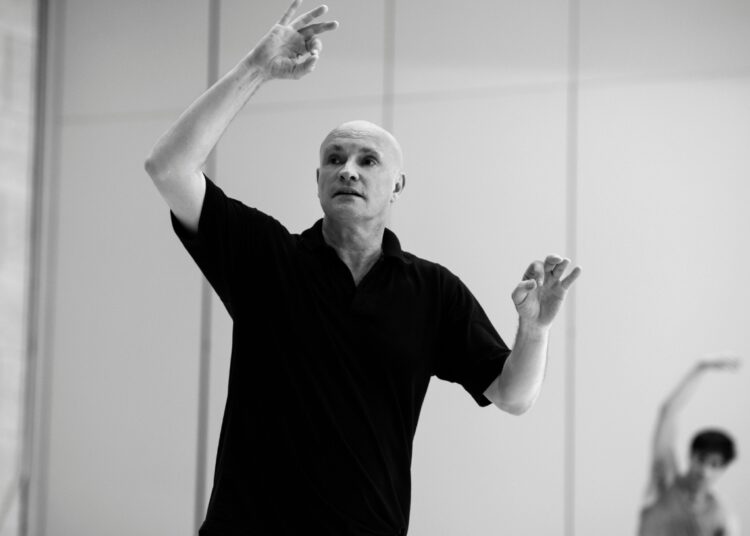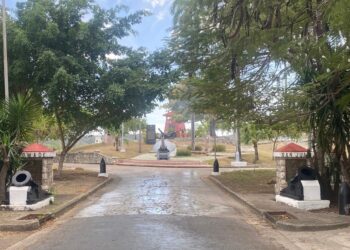Havana was eagerly awaiting. Les Ballets de Monte-Carlo lhas arrived to the city with Core Meu, a vibrant and innovative show presented on May 16, 17, and 18 in the Avellaneda Hall of the National Theater of Cuba. The company, directed by Jean-Christophe Maillot for more than four decades, returns to the island ten years after that stimulating presentation — in the same theater — of his version of the ballet Cinderella, an event that audiences still remember with great joy. Both productions bear the stamp of the same creator.
Jean-Christophe Maillot (Tours, 1960) is one of those artists whose work is difficult to categorize, due to the diversity of his creations and the artistic torrent that can be summarized in around 80 ballets. It is said that the iconic dancer Rosella Hightower (1920-2008), one of his mentors, said that Jean-Christophe Maillot’s life was “a union of opposing elements.” This mixture is evident in his productions; the audience resonates with the creations of this artist who knows no limits when composing his choreographies.
Core Meu is one of the most recent examples of how Maillot and Les Ballets de Monte-Carlo view dance without prejudice, with a freshness where rigor and enjoyment meet. Since becoming the company’s director in 1993, at the request of Her Royal Highness the Princess of Hanover, Maillot has been the spearhead of Les Ballets de Monte-Carlo.
This is something that the audience attending the Avellaneda Hall for a meeting with this company is able to witness firsthand. The visit was made possible thanks to the collaboration between the Organizing Committee of the Alicia Alonso Havana International Ballet Festival and the Cubadisco 2025 International Music Industry Fair.
Before boarding the plane to Havana, Jean-Christophe Maillot, who will receive the Cubadisco Honorary Award this Sunday, agreed to answer a few questions from OnCuba about issues that define his creative processes, his work with the Monegasque company, his vision of dance today and what this second visit to Cuba represents for them.
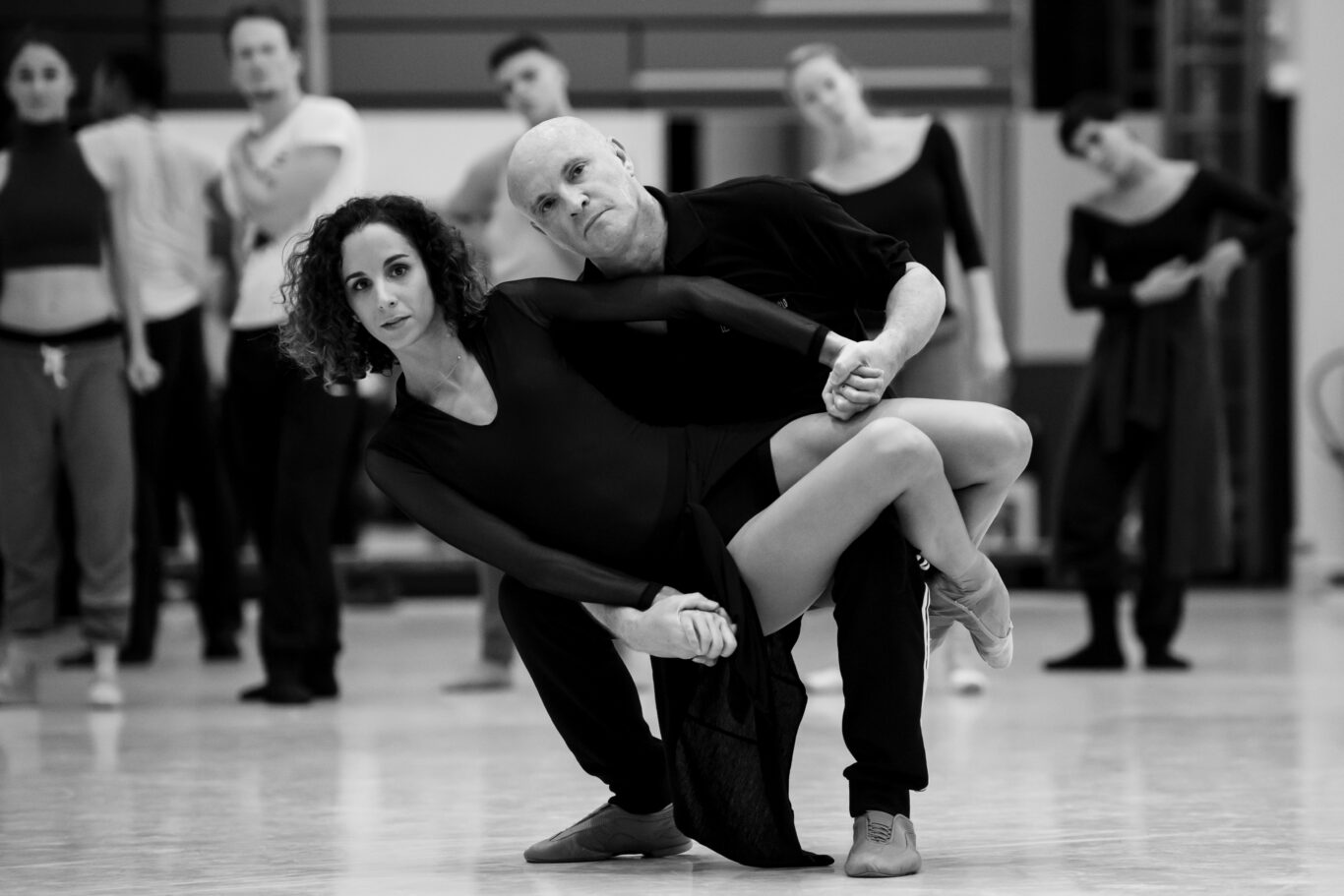
Core Meu is a ballet that blends the popular tarantella with the classicism of ballet. What was the biggest challenge you faced in creating this choreography?
Core Meu (My Heart) has had two different versions. The first was created in 2017 for F(ê)aites de la Danse. The ballet was presented outdoors, on a circular stage, with an audience positioned around the dancers. That was a huge limitation. A second version was released a year later, this time presented indoors, frontally, and on pointe.
The challenge is to maintain the unique energy of the first ballet by making it more technically demanding and, therefore, more physically intense. This ballet is a true challenge for the dancers, right up to the moment they collapse on stage. A clarification: I assure you this is not a comedy.
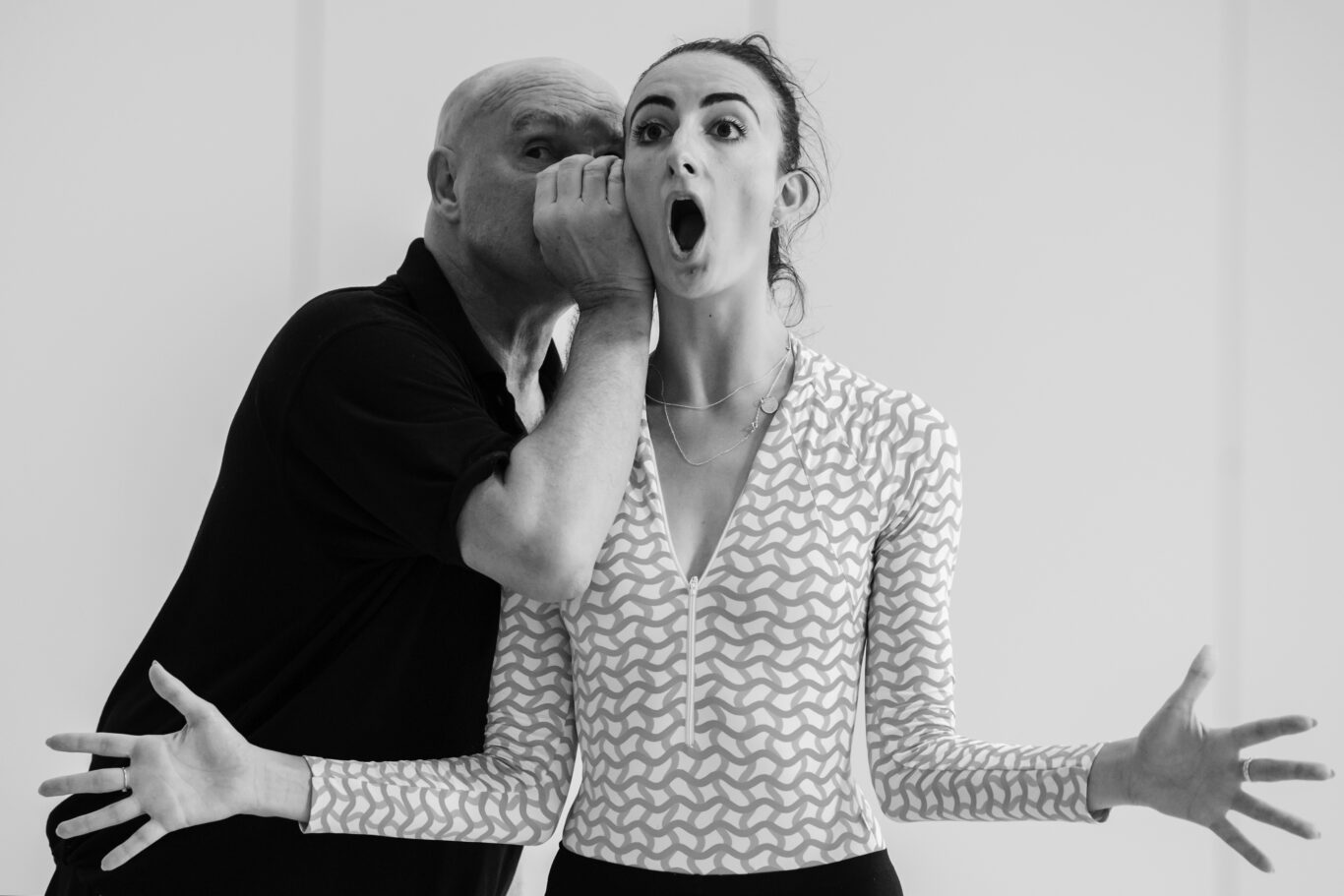
How did the idea of creating such a ballet and inviting musicians to perform, live on stage, the pieces that accompany the dancers’ movements come about?
When creating the first version of Core Meu, I wanted to establish a unique encounter between Les Ballets de Monte-Carlo and their audience. The audience surrounded the dancers, very closely, as if they were in an arena. The idea was to break down this barrier that separates the artists presenting a show and the spectators applauding from their seats.
What do you demand of your dancers when they perform this ballet?
That they be generous! For this ballet to work, they have to make people want to see it and the audience want to jump on stage to join them.
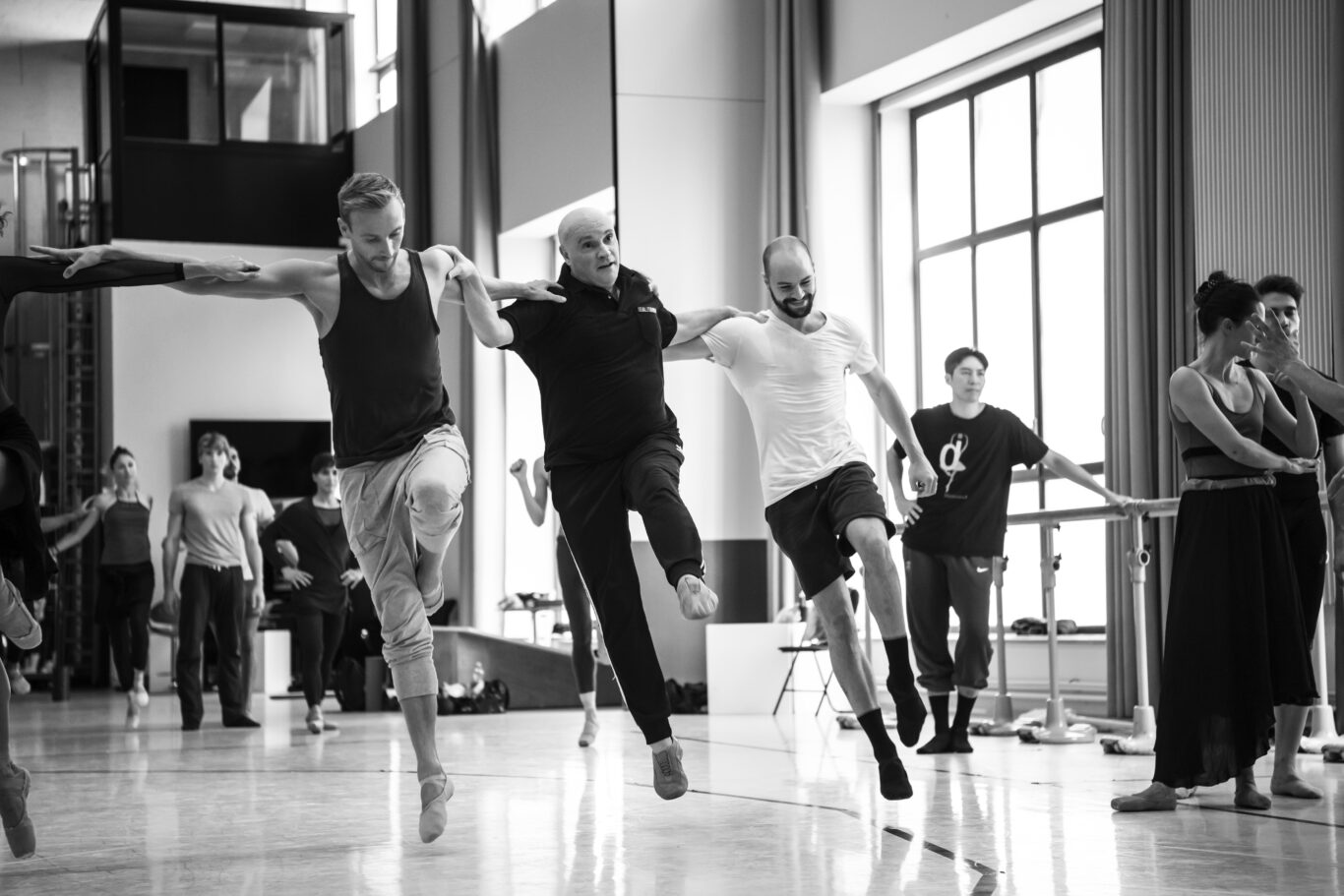
Why did you decide to work with the tarantella, a genre originating in southern Italy?
Because there’s a contagious kind of madness in this genre, especially when it’s musically interpreted by Antonio Castrignanò. The tarantella is linked to the Mediterranean culture of Salento, the Puglia region where it was born. The sea, the beauty of its landscapes, is breathtaking; it fills us with breath. I’m thinking in particular of the white towns silhouetted against the blue sea. They inspired the costumes for Core Meu.
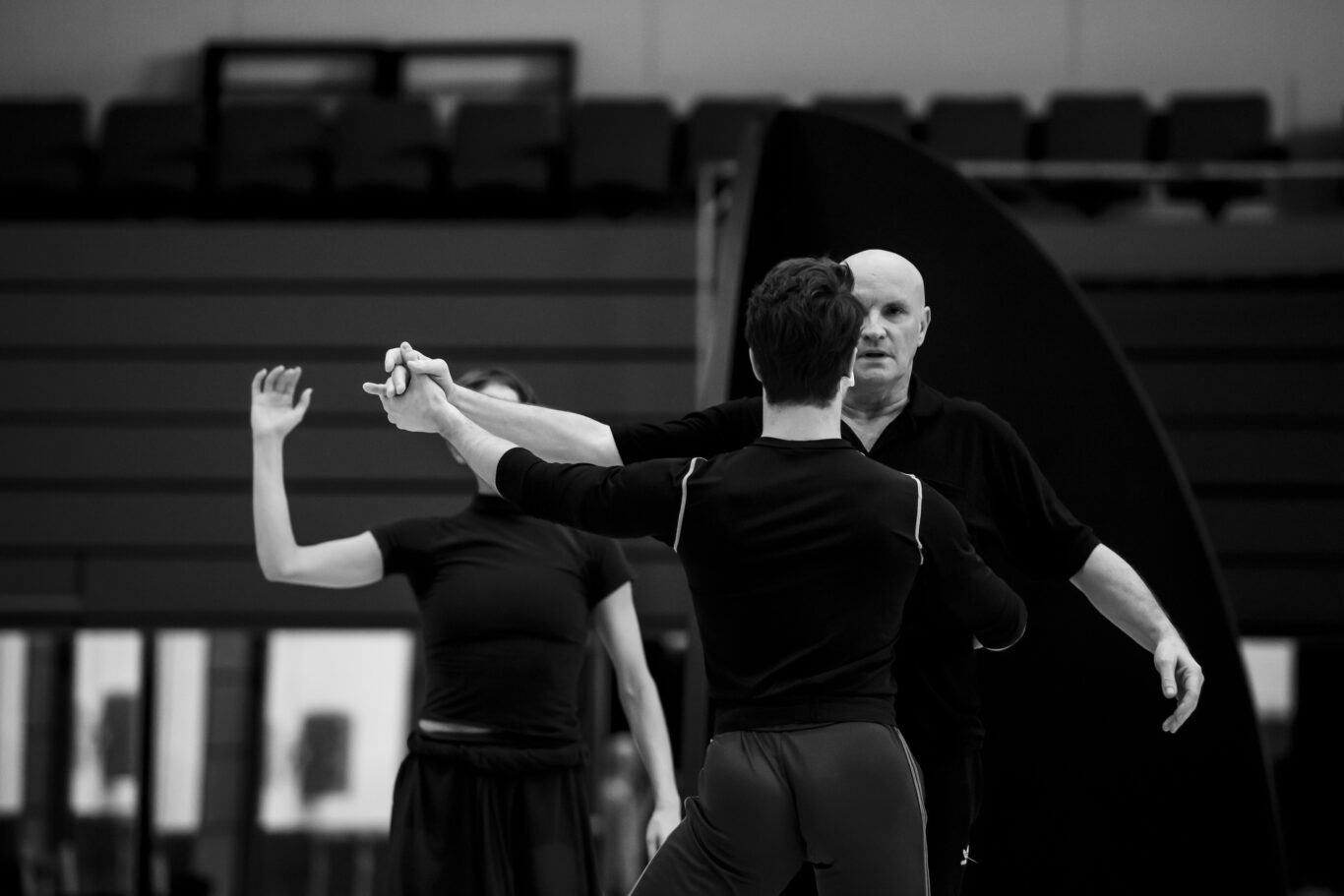
How do you build that trance you invite us to with this ballet?
In Salento, it’s said that the tarantella was played when a person had been bitten by a tarantula; hence its name. Thanks to this music, the person was supposed to enter a trance and combat the spider’s venom more effectively. This is an explanation that is prone to fantasizing, of course. The villagers were primarily looking for a way to dance despite the church, which viewed all this with suspicion.
Antonio Castrignanò told me that there had never been tarantulas in Puglia. What I’m convinced of, however, is that no art can endanger the body, not even in a state of trance and excitement like that which dance can provoke.
This ballet is very physically demanding, but the dancers’ skill level allows them to overcome it.
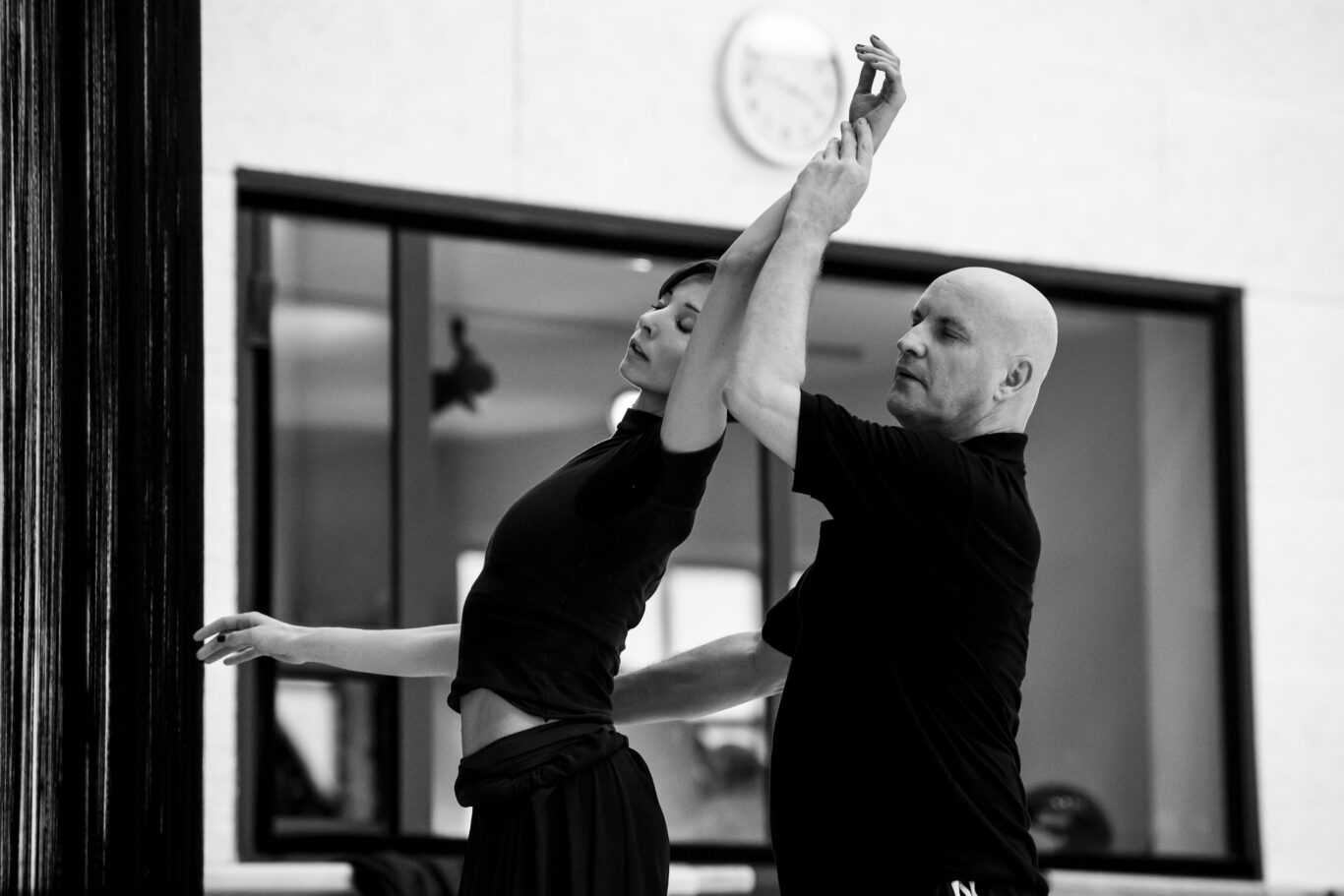
What do you feel when you listen to the music of Antonio Castrignanò and Taranta Sounds?
An irrepressible desire to dance with everyone.
The Cuban public had already had a first contact with Les Ballets de Monte-Carlo ten years ago, with the version of Cinderella. You’ve returned to Havana today with a ballet that seems very different. What do you expect from this new dialogue?
This tour was supposed to take place earlier — during the 28th Alicia Alonso International Ballet Festival of Havana — but Cuba was going through difficulties, dramas linked to the hurricane that hit last November. Today we present Core Meu with the hope of sending you this message: “Be strong, be united, and above all, don’t stop dancing.”
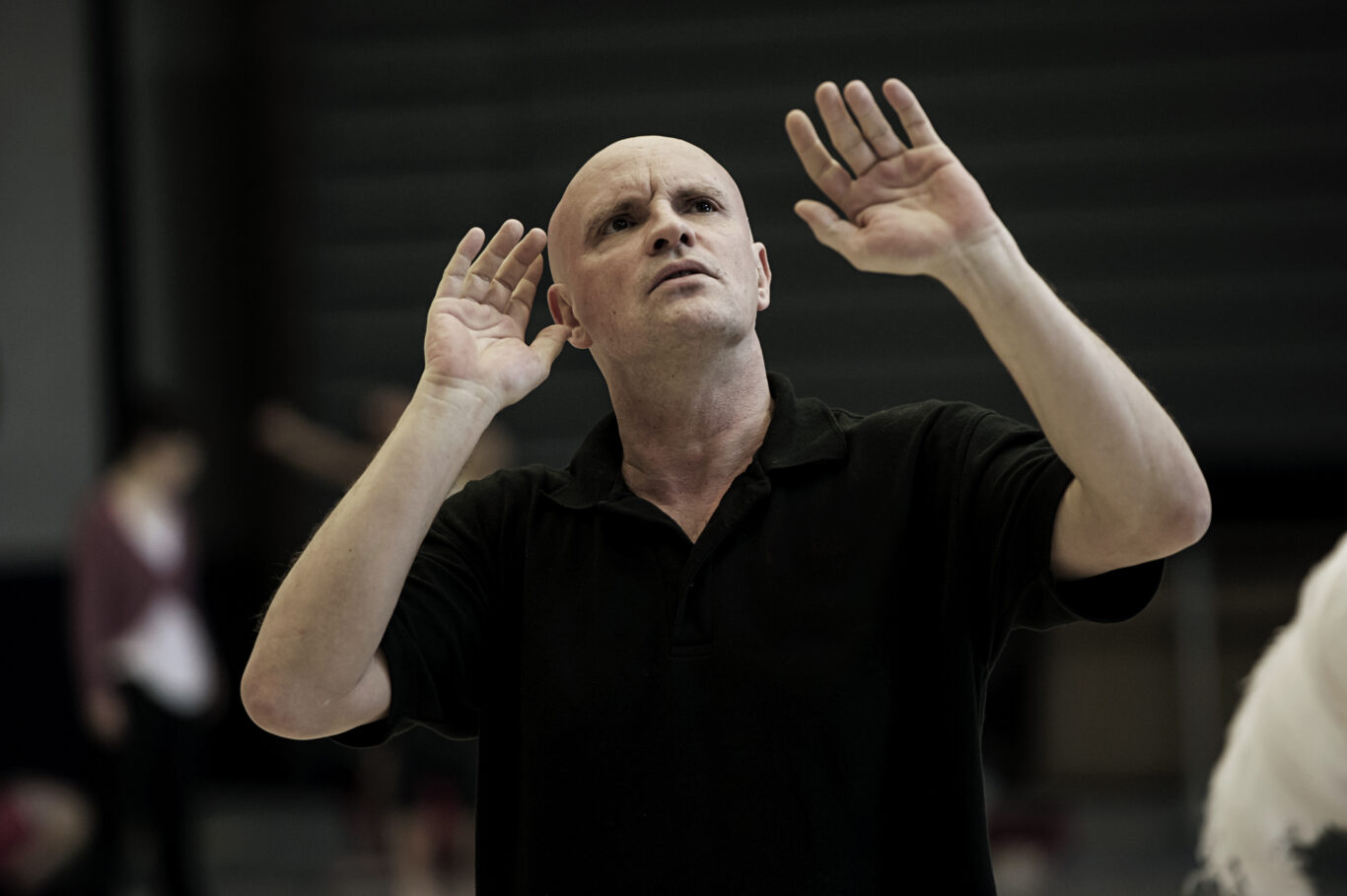
Today’s world is a veritable hotbed of urgent needs. What motivates you to create today?
The possibility of encountering others. Core Meu, for example, was born thanks to my encounter with Antonio Castrignanò and his wonderful music. Sometimes ideas emerge from encounters with a visual artist, a literary author, and, of course, dancers. I choreograph to continue dancing. My career as a dancer was very short-lived; I was injured at 21, and to avoid abandoning this art, I became a choreographer. My only urgent need is to dance, again and again.
You’ve composed more than 80 ballets. About half of them were for Les Ballets de Monte-Carlo. How would you define the art of choreographic creation?
I’ve always struggled with those who wanted to answer this question, perhaps because I myself suffered from that state of searching. Defining choreographic creation necessarily means excluding those who define it differently than you, and that’s the surest way to miss out on creation. Isn’t art, precisely, the impossibility of conforming to what’s defined?
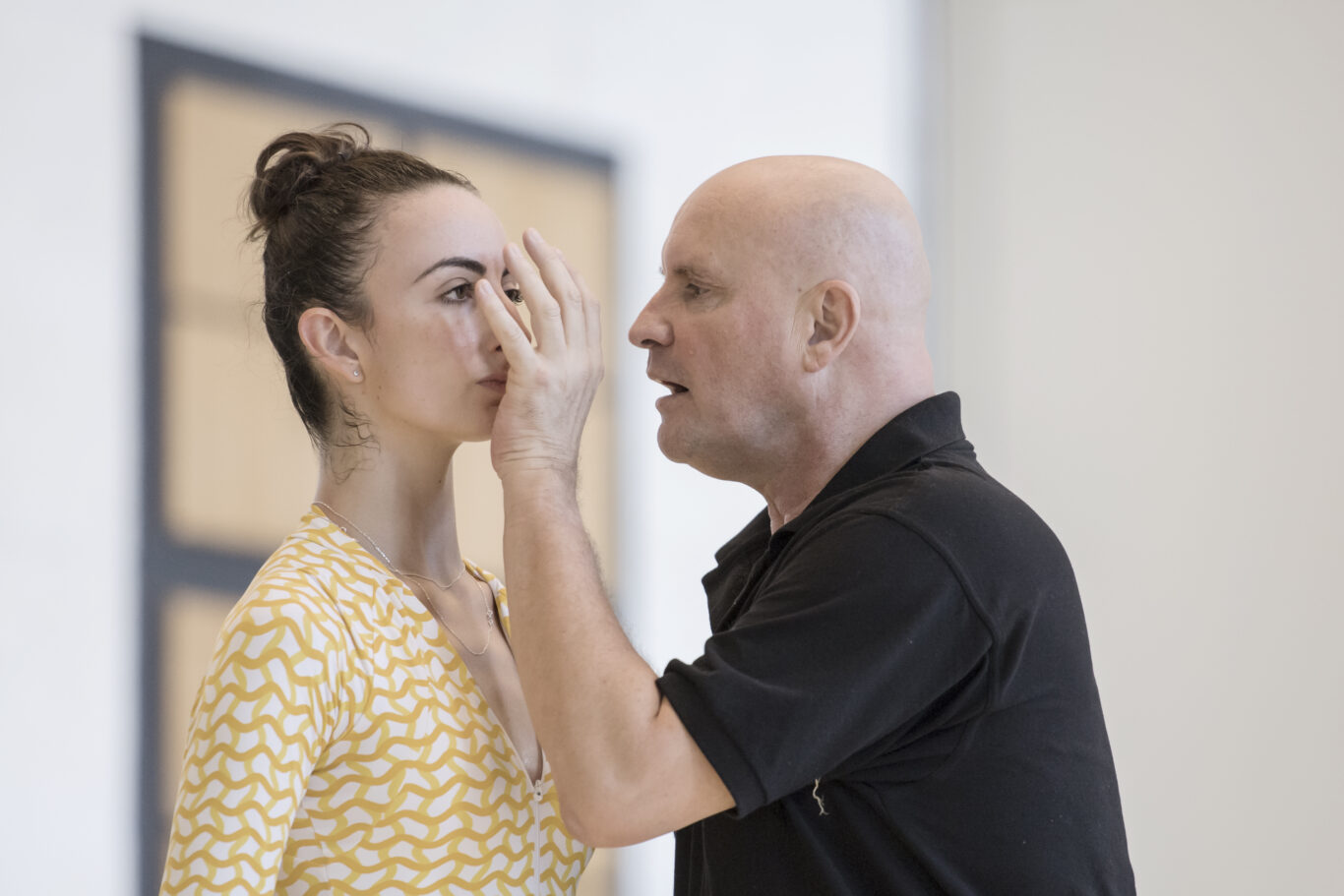
You’re an important figure in dance, respected throughout the world. How do you see the current state of this expression, both as an art and as a market?
I think that dance, which is confined to an academic vocabulary, will soon experience upheavals. Pointe dance instruction is being postponed, we’re seeing entire ballet companies disappear, and very soon the question will arise: which companies are interested in this art form? The representation of this dance will be a problem. But we mustn’t give up on seeking a repertoire that can still show us a demanding and diverse dance art. I’m convinced that a company like Les Ballets de Monte-Carlo, which demands excellence from its dancers, has more than ever a card to play.
What does dance represent for you?
It’s everything; I don’t know what life is without dance.
What is your vision for Les Ballets de Monte-Carlo today? How do you see its future?
Les Ballets de Monte-Carlo, probably like other companies, is one of the last to offer a dance form that is becoming increasingly rare. I saw this during our last tour in Paris. People were surprised to see that we could have such high-quality choreographies. That said, I refuse to allow us to become the guardians of the temple.
Les Ballets de Monte-Carlo has always had an eye toward creation and novelty. We have the capacity to embrace the future while understanding and respecting the past that forged our unique identity.

